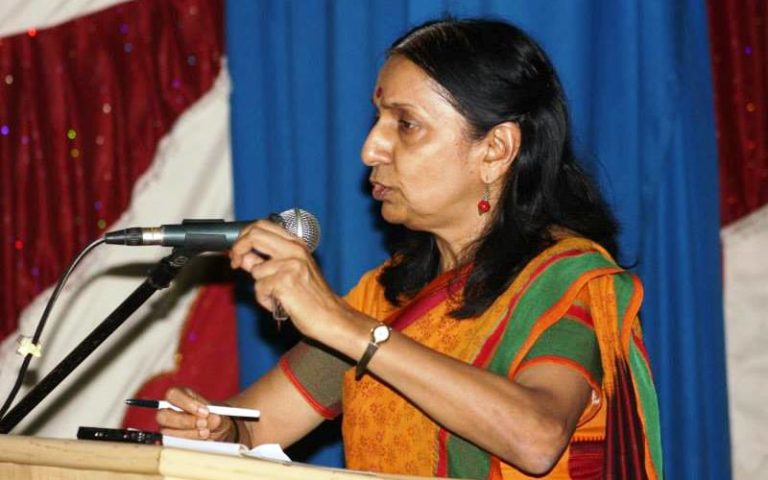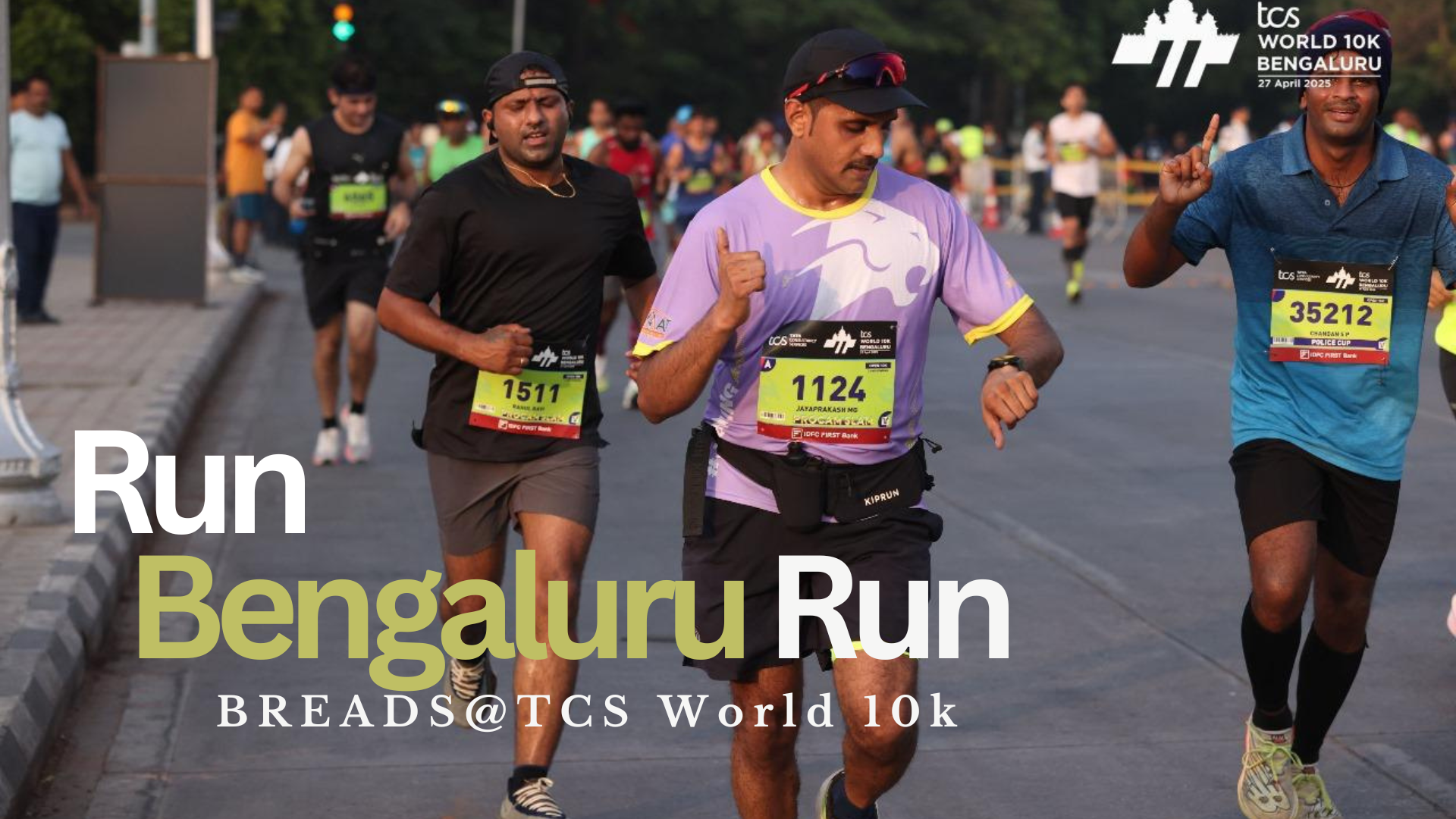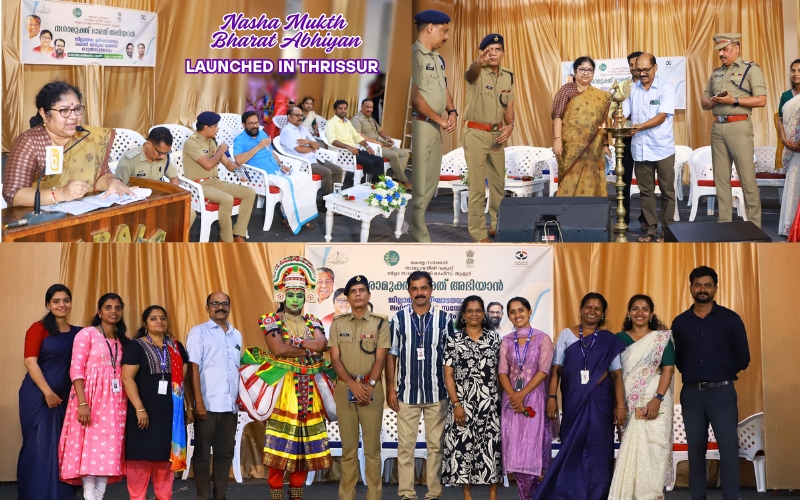According to Kathyayini Chamaraj (who works extensively with the Government of Karnataka on child labour and primary education) mentions that though the Right to Education has been made a fundamental right under Article 21A by the 86th Constitutional Amendment and operationalized by the Right to Education Act in 2010, free and compulsory elementary education (F&CEE) remains a dream for a large number of marginalized. The ministry of human resource development mentioned that around 62.1 million children are out of school in India (2011 Census). This represents a huge wastage of human resources as the children are trapped in the vicious cycle of illiteracy, poverty and child labour. The Karnataka rules defined a ‘drop out’ as a child who can remain absent for 60 or more days out of 210 school working days and officials need not try and bring back the child back until the end of an academic year. The definition itself was at the root of the problems. Traditional standards of gender push girls into helping with household chores, taking care of siblings, early marriage, poverty economic compulsions and many other reasons have been cited for children not attending school.
The state should also realise that it’s role and duty does not end with establishing a school- because good schools alone do not ensure 100% UEE (Universal Elementary Education). The ASER (Annual Survey of Education Report) found that on average that 32% of girls are not enrolled in schools as compared to 28% boys. Bridging mechanisms for out-of-school children are present only at the elementary level but not for the secondary/higher education. Hence girls find it difficult to go back/cope up with education once they have dropped out. Even though both boys and girls drop out- but since the fraction of girls dropping out is more- it is critical to have mechanisms to discover why they are dropping out and the solutions for bringing them back to school. The early indicators of a potential dropout like absenteeism should be handled by counseling the student. The role of the teacher, too, becomes critical here.
The number of children who are out of school is high because of the absence of the “culture of literacy”. Most of the times in these situations parents are illiterate, addicted to alcohol/ substance and do not appreciate the value of education. Around 80% of the child students are engaged in agricultural activities or household tasks and the remaining 20% of them are in daily wage employment. In the first situation children can still combine school and work in such a way that it doesn’t interfere in their development – provided that the school/work schedule is made flexible. If adults are made to work by replacing child laborers from the workforce and in the same job-then the earnings of the unorganized as a class would increase to a greater extent. This is because child laborers are paid about a third of what adults are paid.
The vastness of India, both demographically and geographically makes it very difficult for the government alone to bring all children into the domain of education. Therefore civil society becomes all the more important to ensure that the welfare/gains of education reach the lowest strata of the society. This is where Don Bosco BREADS is performing an amazing task to focus on sending drop outs, girl children and child-labourers to school among very many other programs. The strategy to ‘rehabilitate’ child laborers with non-formal education and other inputs, making parents aware are undoubtedly important. But these become a meaningful measure only if there is an assurance that the place of a child removed for rehabilitation today is not occupied by another child tomorrow who will also require similar intervention.





